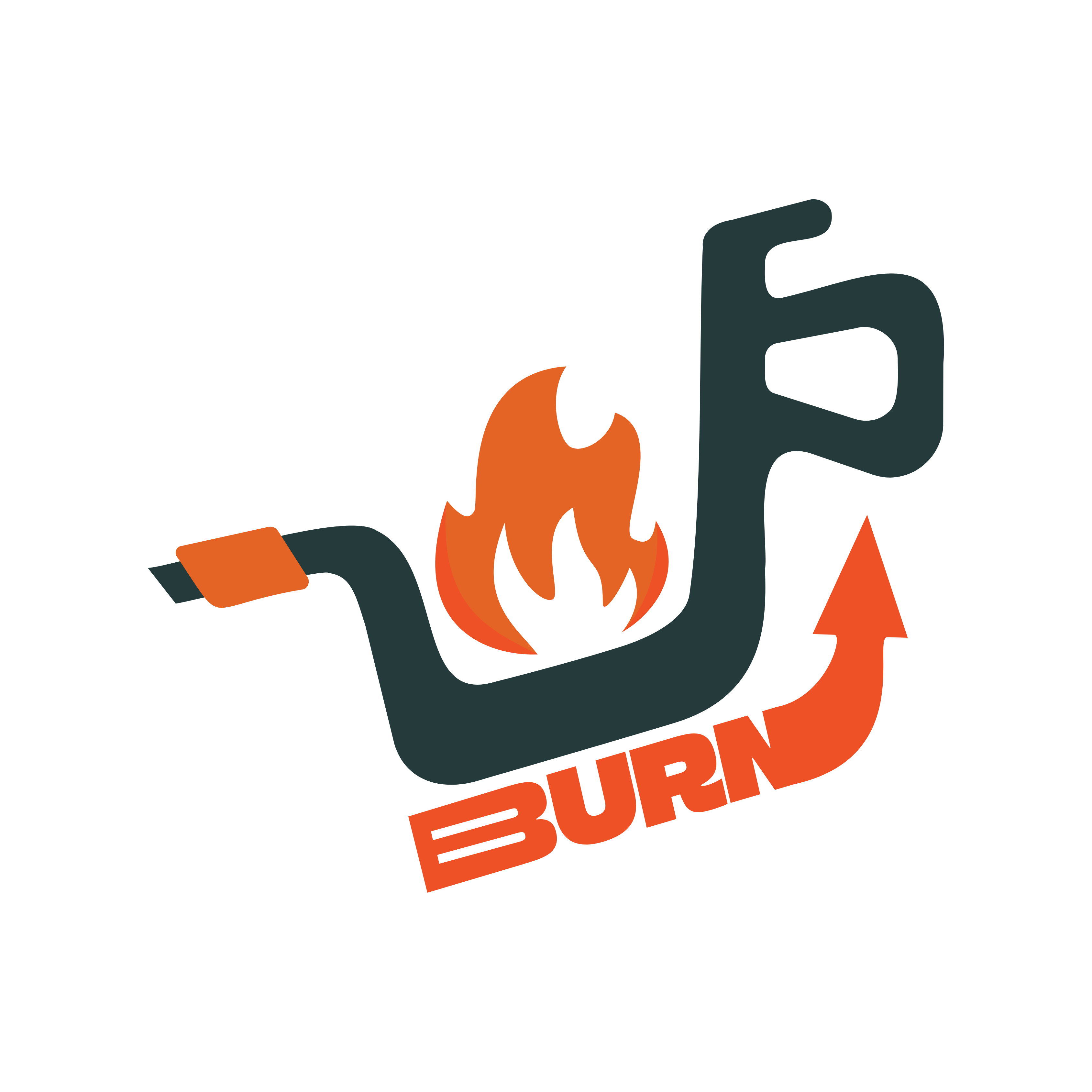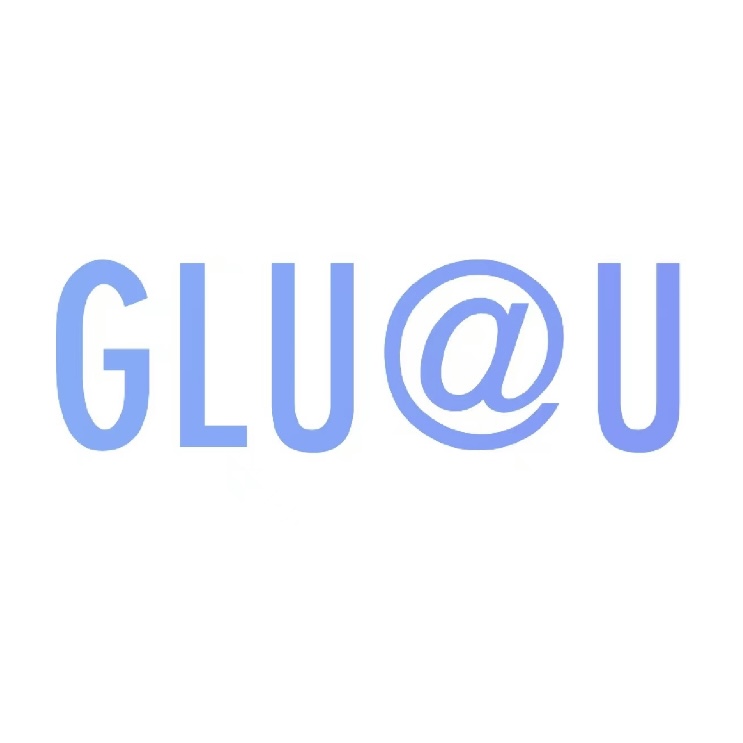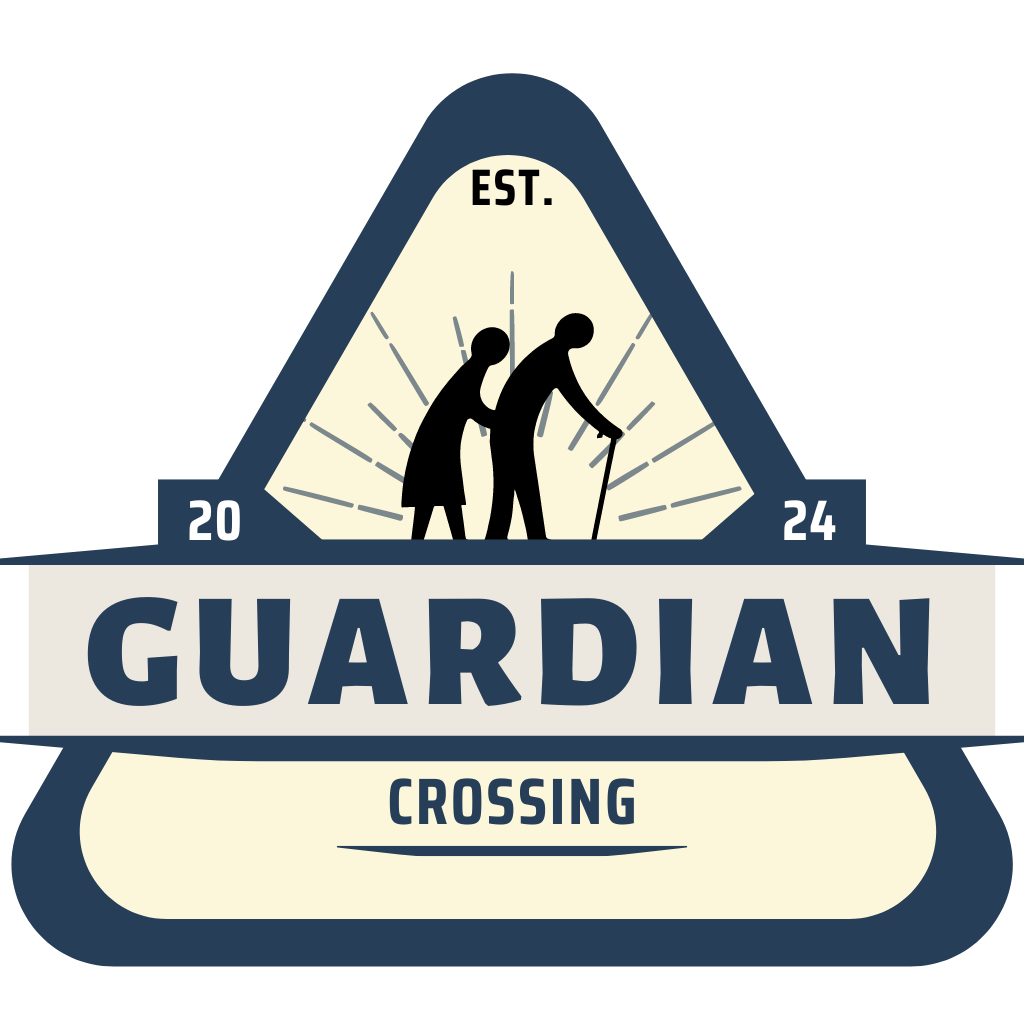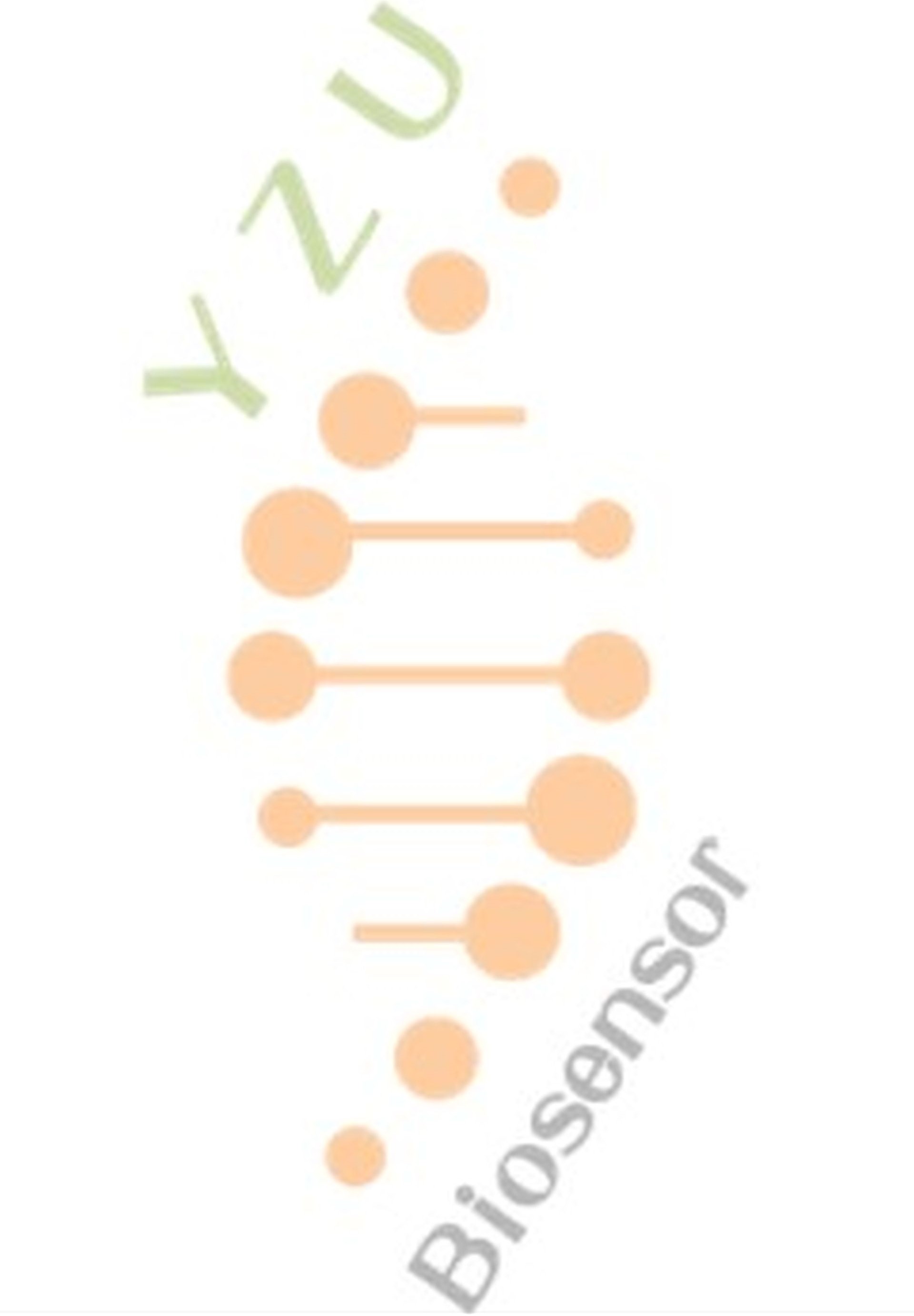We are excited to announce the finalists for the inaugural Convergence Innovation Competition Asia! After our judges reviewed an impressive group of submissions, we have selected four outstanding teams to compete in the finalist round on December 7 in Taipei, Taiwan!
Our sincere thanks and gratitude for the CIC Asia Faculty Fellows who cultivated team projects and the students whose innovative ideas made for a truly great competition. Your enthusiasm and creativity have made the competition a great success.
BurnUp

BurnUp is a project from students at Fulbright University Vietnam. Our project aims to create a product that protects motorbikes' engines from water penetrating through the exhaust pipe during heavy rain and small floods.
It addresses the United Nations' Sustainable Development Goals in a variety of ways.
SDG 9: Industry, Innovation, and Infrastructure
Our product represents an innovative solution to a common problem, contributing to resilient infrastructure. Our product promotes the reliability of motorbikes, which are means of transport
in many regions.
SDG 3: Good Health and Well-being
Our project reduces stress and anxiety associated with travel disruptions caused by motorbike stalling, contributing to better mental health and overall well-being. Moreover, by helping motorbikers travel seamlessly, our product minimizes potential diseases caused by water.
SDG 11: Sustainable Cities and Communities
Ensuring reliable transportation during rain and floods enhances the resilience of cities and communities by maintaining mobility and accessibility for communities affected by flooding.
Faculty Fellow: Ms. Lan Phan, Head of the Center, Center for Entrepreneurship & Innovation at Fulbright University Vietnam
Team Members:
Võ Ngọc Đan Khuê, Trần Thanh Tùng, Trương Công Gia Hiếu, Phan Xuân Quang, Trần Nam Anh
GLU@U

CGM in the application development and industrialization of digital diabetes therapy (called GLU@U) is a project from a student team at Universiti Putra Malaysia. It is a smart management system for people with abnormal sugar metabolism. It integrates three modules: smart hardware, intelligent data management analysis + decision-making system, and medical passport care management. It mainly uses technologies such as rtCGM, AI, cloud computing, and the Internet of Things to integrate the collection and analysis of relevant user data, the hospital-side SaaS system, and the personal health management app to form a closed loop of digital health monitoring and management inside and outside the hospital. The medical care operation and service system built by GLU@U, as well as the Internet cloud computing platform support system, constitute the full-scene, multi-dimensional operation of GLU@U's "artificial intelligence + chronic disease" intelligent monitoring and digital medical and health management.
It addresses the United Nations' Sustainable Development Goals by combining offline and online blood glucose management to achieve integrated blood glucose management within and outside the hospital, including home-based diabetes management, which is an advanced and effective model for refined diabetes management. At the same time, the system expands real-time monitoring, data analysis, intelligent evaluation, and remote medical care management of a variety of vital signs or important parameters, which is an innovative application for the refined management of various chronic diseases. It provides decision-making tools and data support for ensuring healthy living and achieving precise treatment for diabetes patients of all ages.
Faculty Fellow: Dr. Iskandar Ishak, Associate Professor, Computer Science, Universiti Putra Malaysia
Team Members: Jiao Fenglei, Zhang Hua, Jiang Anqi
Guardian Crossing

Guardian Crossing is a project from a student team at Universiti Tenaga Nasional. Guardian Crossing is a safety device that leverages deep learning to enhance indicators aimed in reducing accident risk for pedestrians with limited ability when crossing the road.
The project connects to the United Nations' Sustainable Development Goals in the following ways:
SDG 3 - Reduce injury and fatalities among pedestrians, especially those with reduced mobility, through targeted road safety measures.
SDG 10 - Safe and equal environment for all pedestrians, upholding their rights and reducing the risk of accidents regardless of capabilities or disabilities.
SDG 11 - Enhancing critical technologies such as pedestrian infrastructure, we are committed to fostering safer cities and building secure communities.
Faculty Fellow: Dr. Nur Laila Ab Ghani, Lecturer, Infomatics at Universiti Tenaga Nasional
Team Members: Nur Zafirah binti Mohd Zaini, Wan Qistina binti Wan Izahan Zameree, Syabil Fikri bin Sabri,Muhammad Danial bin Noor Shamsudin
Membrane biosensor - Winner!

Membrane biosensor is a project from a student team at Yuan Ze University. The innovative membrane biosensor platform offers a rapid, accurate, and cost-effective solution for disease detection, revolutionizing diagnostic systems and enabling early intervention for improved patient outcomes and control the pandemic.
It connects to the following United Nations' Sustainable Development Goals:
SDG 3: Good health and well-being
SDG 9: Industry, innovation and infrastructure
SDG 12: Responsible consumption and production
Faculty Fellow: Dr. Alex Wei, Dean, Industrial Academy at Yuan Ze University
Team members: Jia-Wei Chen, Hsu-Hung Kuo, Ngoc-Ngan Dao, Ngo-My-Uyen Nguyen




